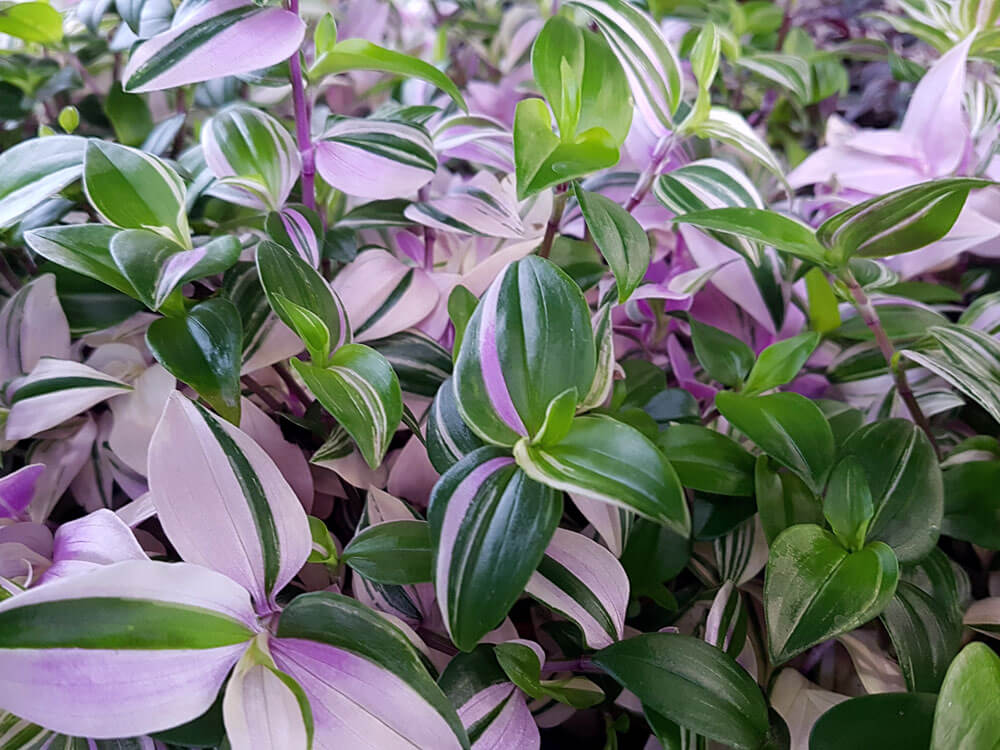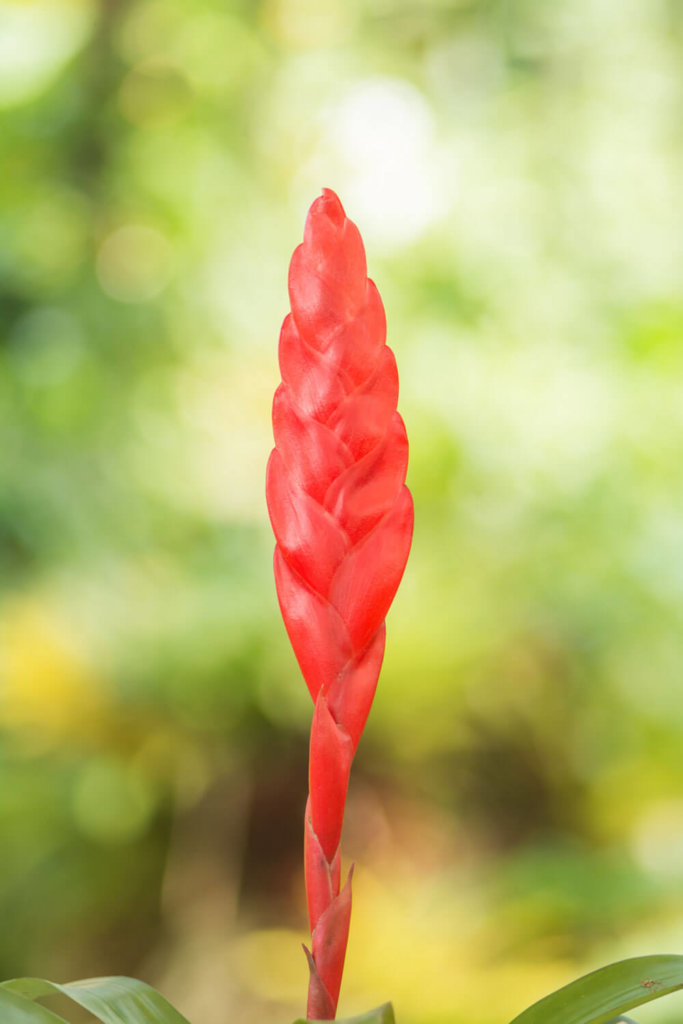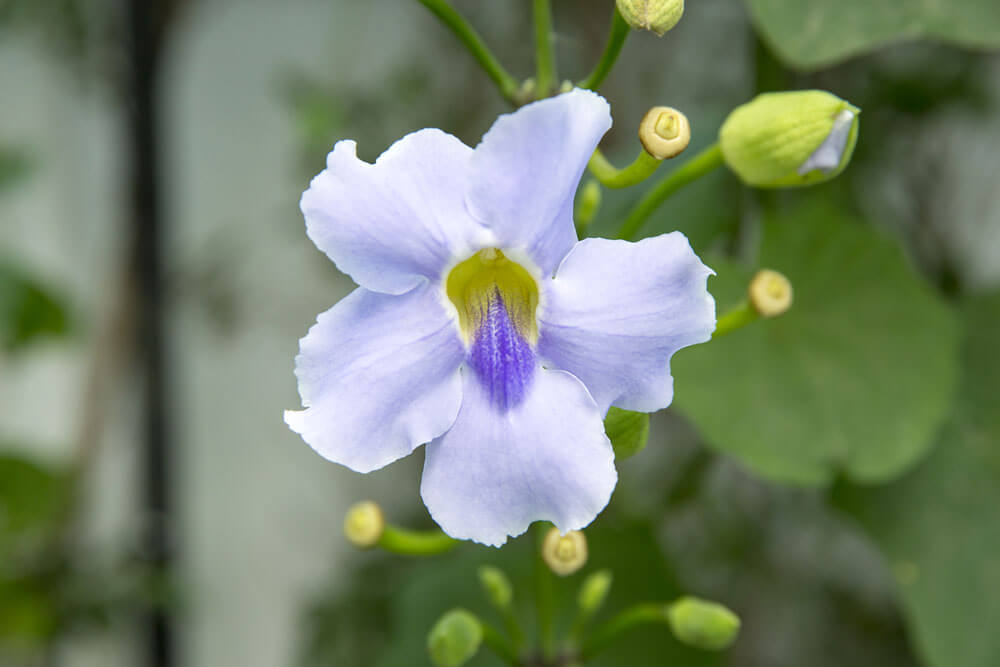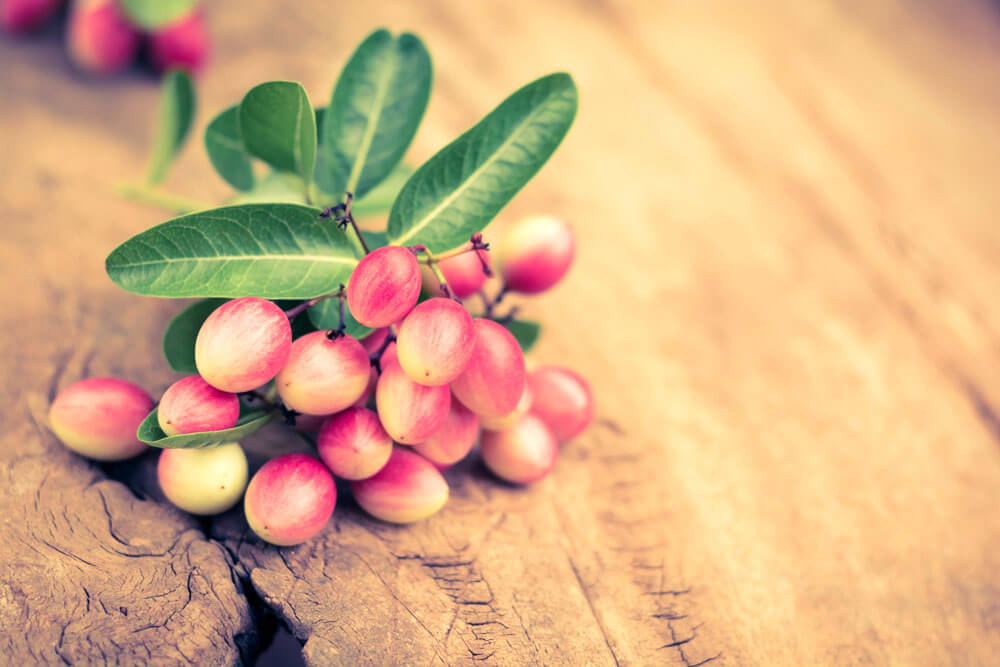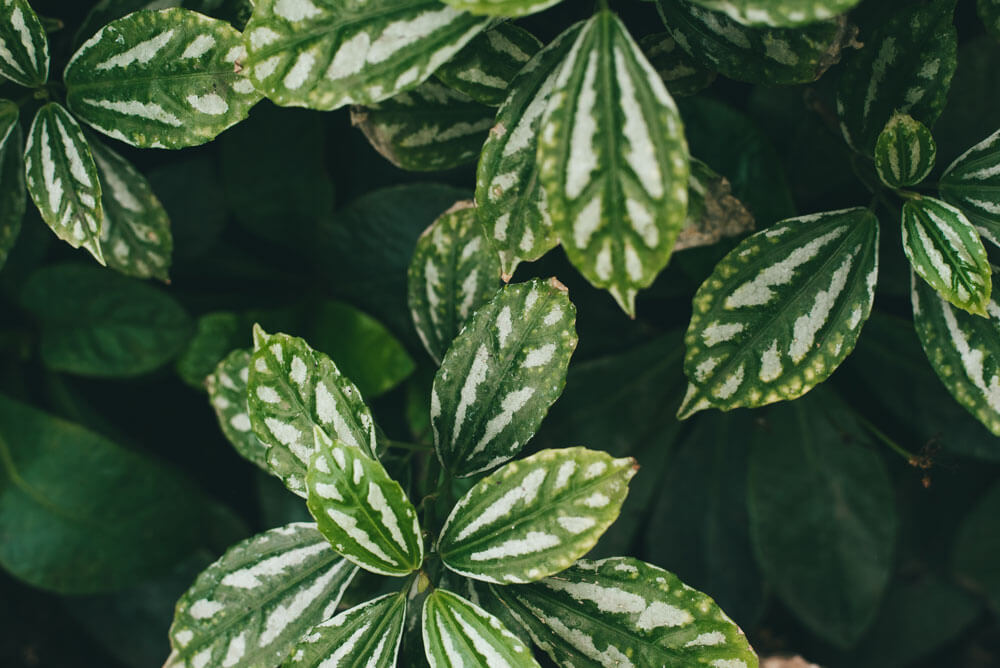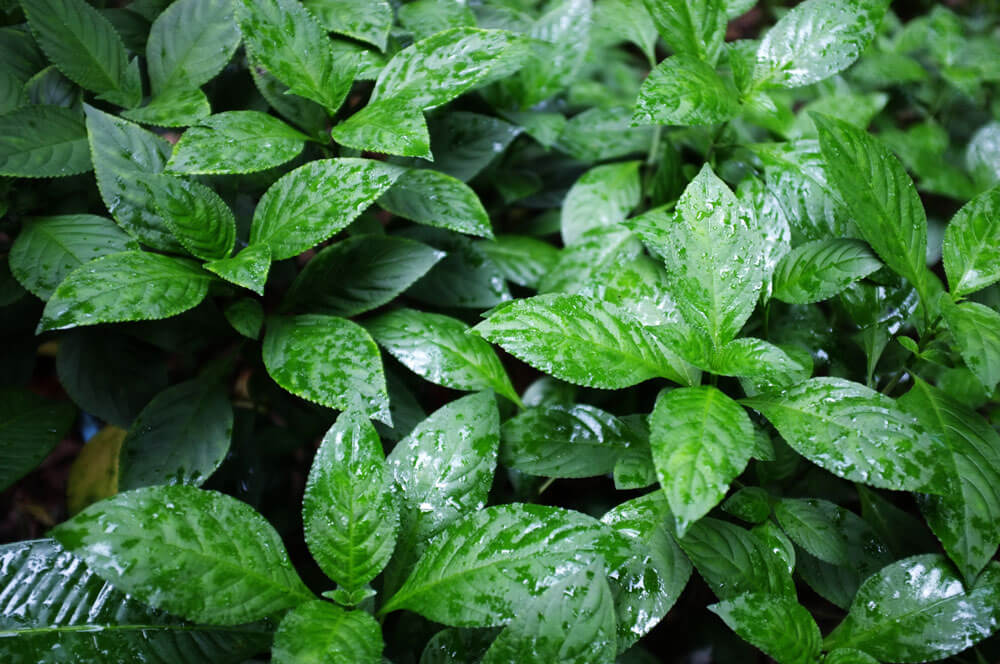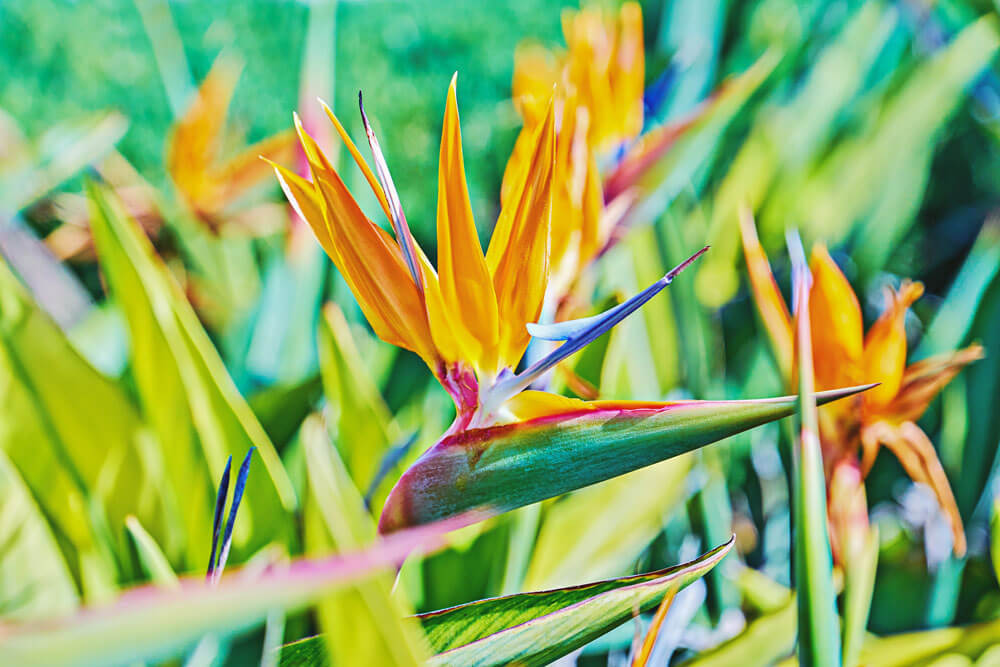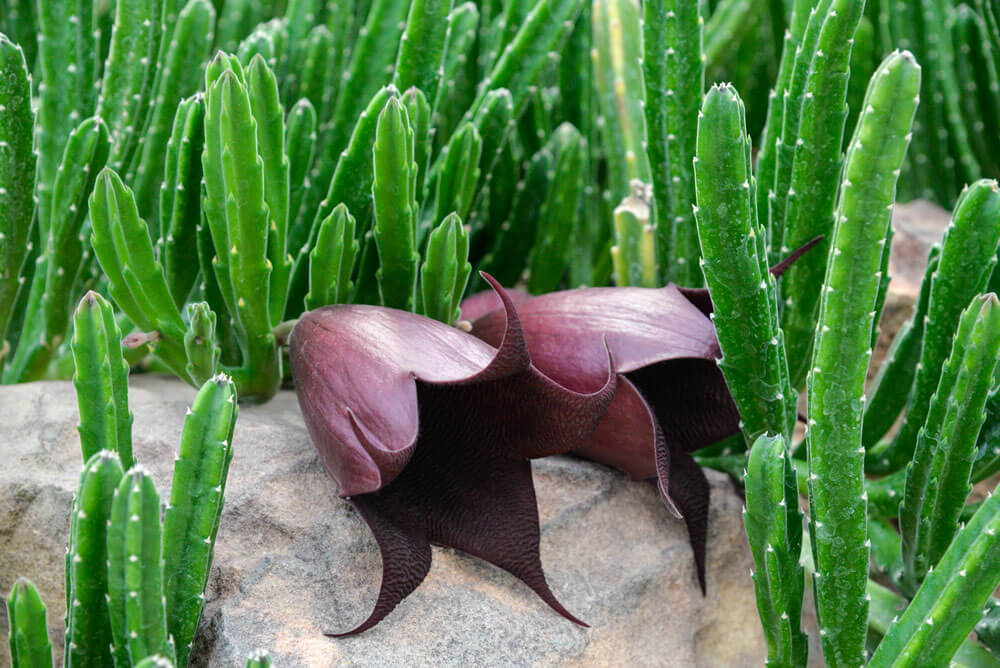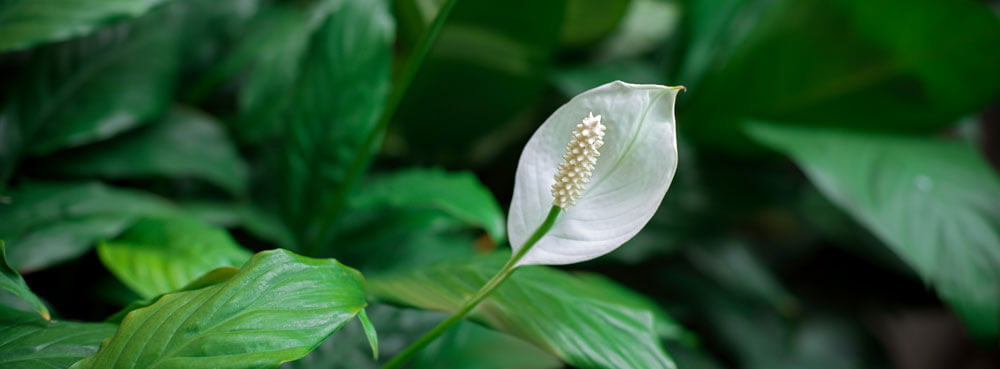Vanda
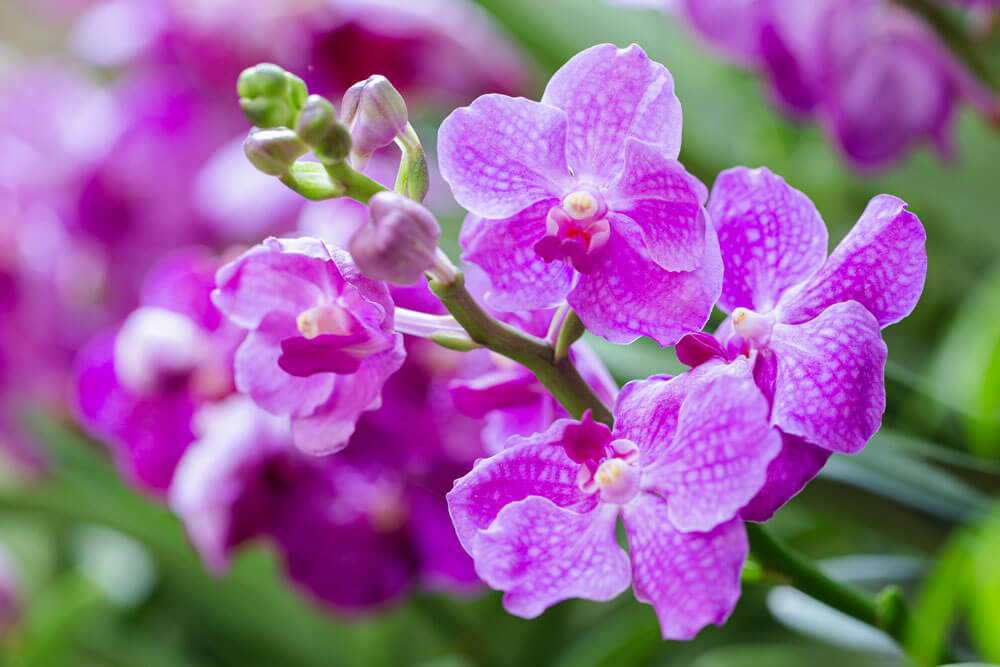
Learn about the plant
Vanda is really a genus of 30-40 type of time tested, epiphytic, or epilithic monopodial orchids seen in revealed websites in bush woodland, from India to S.E. Asia and also the Philippines, and south to Melbourne. Vandas have dense, simple stalks, the guidelines of which have 2-rated, band-molded to linear, leathery, semirigid, middle-natural leaves, typically lobed or toothed on the come to an end. Aerial beginnings form on the reduced area of the stalks. The flowers, borne in axillary, occasionally terminal racemes, tend to be huge and flashy.
Plant growth conditions
Intermediate-expanding orchids. Develop in epiphytic orchid potting mix in slatted baskets in full light light-weight with shade from the hot sun. The daytime temperature should be 65°F. Or greater but can endure extended spells of warm weather and quick time periods of cool. They will likely carry on in lively growth at any time of the year if offered cozy temperature ranges and vibrant lighting. Night conditions generally should be 60°F. Or increased, however, not lower than 55°F. In summer, h2o openly, apply fertilizer at each and every next irrigating, and mist herb frequently. Water moderately during winter.
Plant reproduction
Eliminate offsets that arise with the bottom of the plants and flowers or cause cuttings of stem sections in spring.

